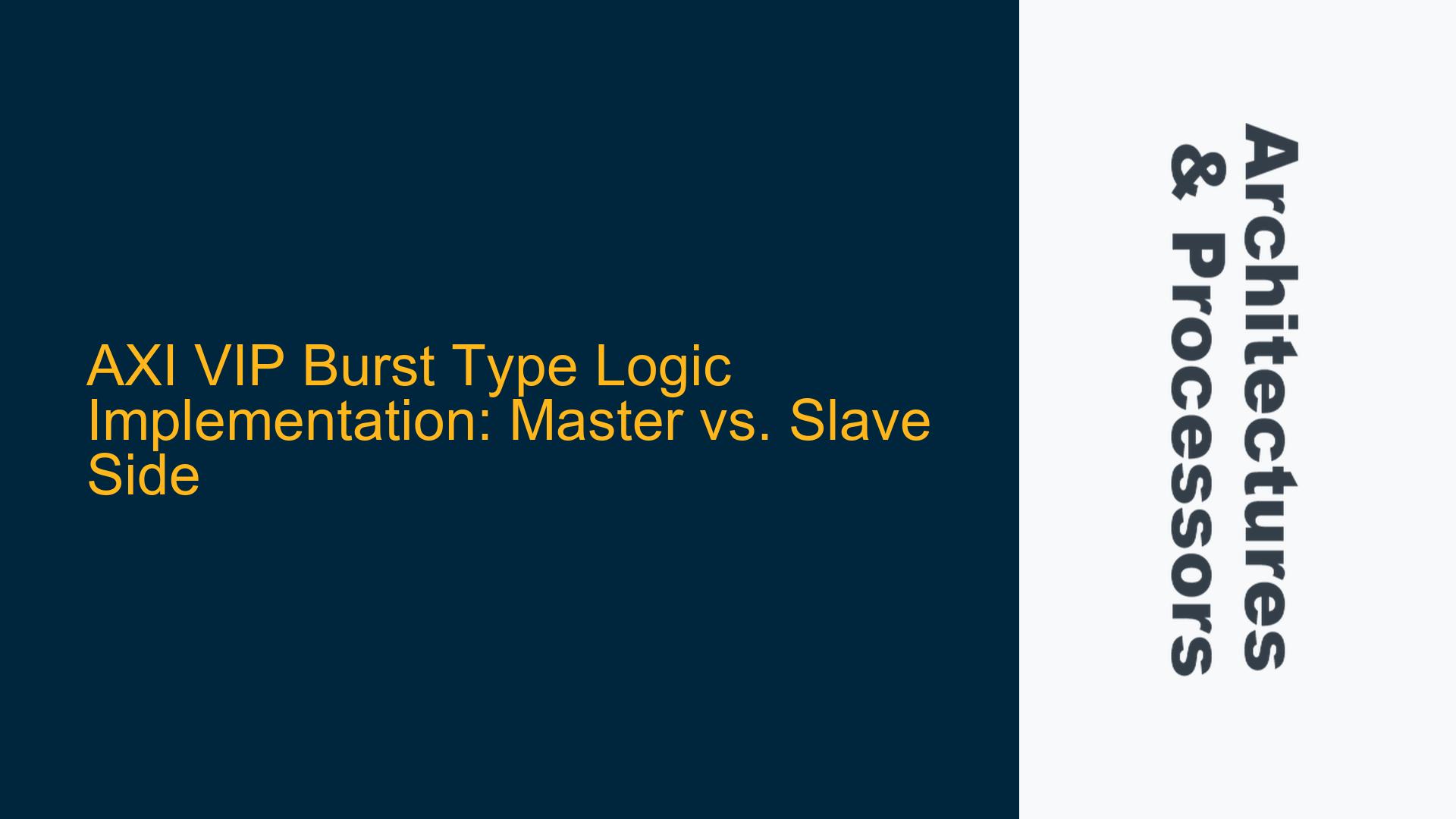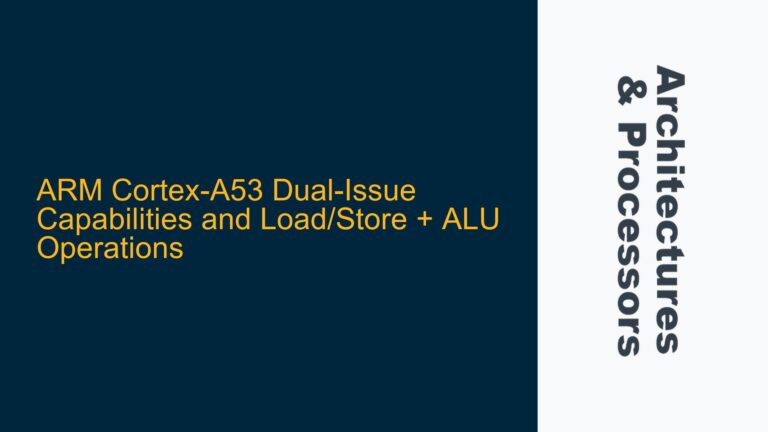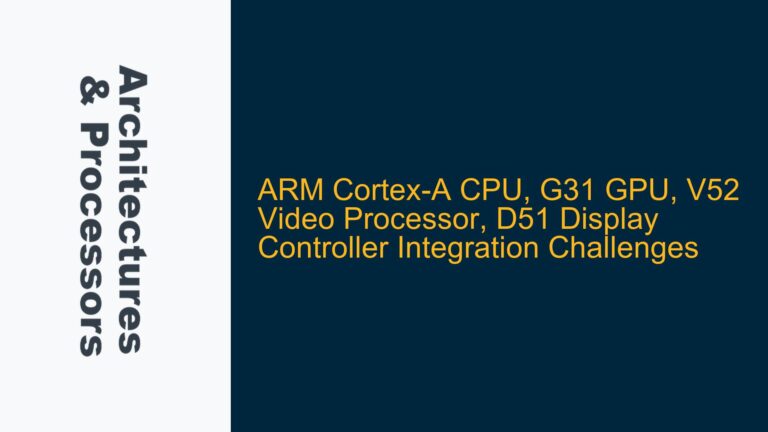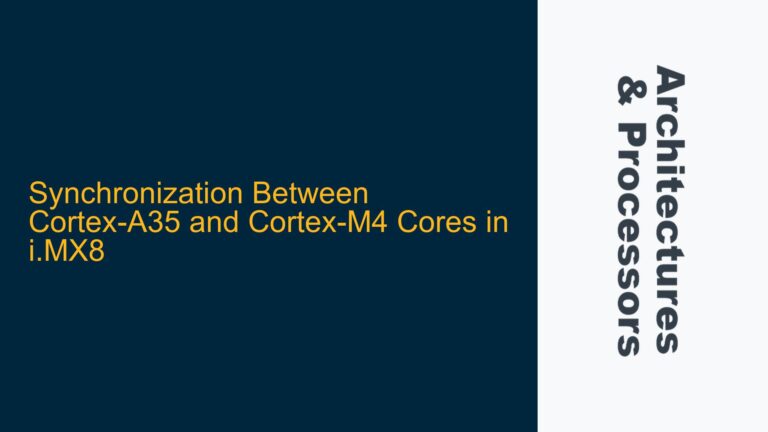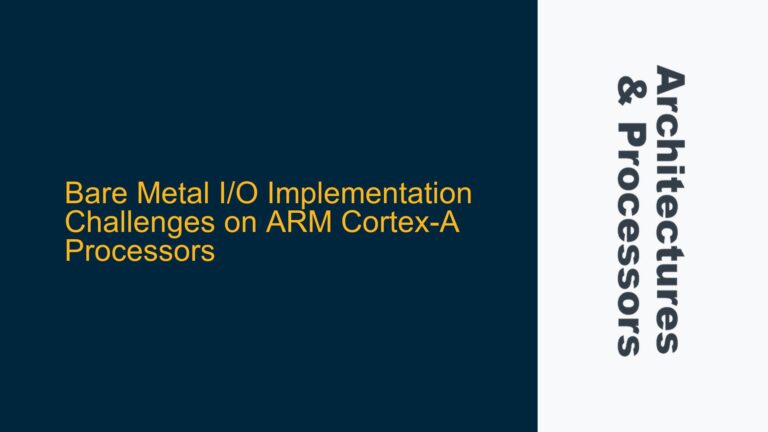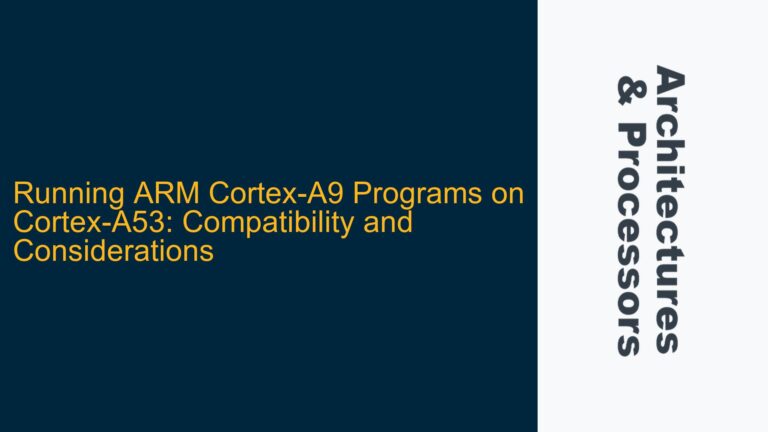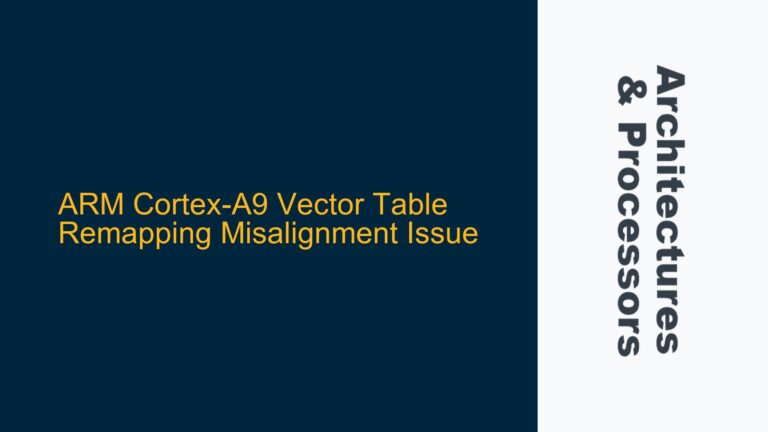AXI Burst Type Handling: Master and Slave Responsibilities
In the context of AXI (Advanced eXtensible Interface) protocol, burst types such as FIXED, INCR, and WRAP are critical for defining how data transfers occur between a master and a slave. The master initiates the transaction by specifying the burst type, and the slave must correctly interpret and handle the burst type to ensure proper data transfer. The logic for handling burst types must be implemented on both the master and slave sides, but the responsibilities differ significantly.
The master is responsible for generating the appropriate control signals, including the burst type, burst length, and address increment pattern. The master must ensure that the address sequence adheres to the AXI protocol specifications for the selected burst type. For example, in a WRAP burst, the master must ensure that the address wraps around at the boundary defined by the burst length. On the other hand, the slave must decode the burst type and manage the data transfer accordingly. The slave must also handle address generation and data alignment based on the burst type specified by the master.
The complexity of burst type handling arises from the need for both the master and slave to maintain synchronization and adhere to the AXI protocol rules. Misalignment or incorrect handling of burst types can lead to data corruption, protocol violations, or system failures. Therefore, it is essential to clearly define the responsibilities of the master and slave in handling burst types and ensure that the implementation adheres to the AXI protocol specifications.
Potential Misalignment in Burst Type Handling Between Master and Slave
One of the primary challenges in implementing burst type logic in an AXI VIP (Verification IP) is ensuring that the master and slave are correctly aligned in their interpretation and handling of burst types. Misalignment can occur due to several reasons, including incorrect address generation, improper handling of burst boundaries, or misinterpretation of the burst type.
For instance, in a WRAP burst, the master must ensure that the address wraps around at the boundary defined by the burst length. If the master fails to do so, the slave may misinterpret the address sequence, leading to incorrect data transfer. Similarly, in an INCR burst, the master must increment the address correctly, and the slave must align the data accordingly. If the slave fails to interpret the burst type correctly, it may misalign the data, leading to data corruption.
Another potential issue is the handling of FIXED bursts, where the address remains constant throughout the burst. Both the master and slave must ensure that the address does not change during the burst, and the slave must correctly handle the data transfer based on the fixed address. Misinterpretation of the burst type or incorrect handling of the address sequence can lead to protocol violations or system failures.
Implementing Burst Type Logic in AXI VIP: Best Practices and Solutions
To ensure proper handling of burst types in an AXI VIP, it is essential to follow best practices and implement robust solutions for both the master and slave sides. The following steps outline the key considerations and solutions for implementing burst type logic in an AXI VIP.
Master Side Implementation
On the master side, the primary responsibility is to generate the appropriate control signals, including the burst type, burst length, and address sequence. The master must ensure that the address sequence adheres to the AXI protocol specifications for the selected burst type. The following are the key considerations for implementing burst type logic on the master side:
-
Burst Type Generation: The master must correctly generate the burst type (FIXED, INCR, or WRAP) based on the transaction requirements. The burst type is specified in the AxBURST signal, and the master must ensure that the burst type is consistent with the address sequence and data transfer requirements.
-
Address Sequence Generation: The master must generate the address sequence based on the burst type. For INCR bursts, the address must increment by the data width for each transfer. For WRAP bursts, the address must wrap around at the boundary defined by the burst length. For FIXED bursts, the address must remain constant throughout the burst.
-
Burst Length Calculation: The master must calculate the burst length based on the transaction requirements and ensure that the burst length is consistent with the burst type. The burst length is specified in the AxLEN signal, and the master must ensure that the burst length is within the allowable range for the selected burst type.
-
Data Alignment: The master must ensure that the data is aligned correctly based on the burst type and address sequence. For INCR and WRAP bursts, the data must be aligned with the address sequence. For FIXED bursts, the data must be aligned with the fixed address.
Slave Side Implementation
On the slave side, the primary responsibility is to decode the burst type and manage the data transfer accordingly. The slave must handle address generation and data alignment based on the burst type specified by the master. The following are the key considerations for implementing burst type logic on the slave side:
-
Burst Type Decoding: The slave must decode the burst type from the AxBURST signal and ensure that the burst type is consistent with the address sequence and data transfer requirements. The slave must handle each burst type (FIXED, INCR, or WRAP) according to the AXI protocol specifications.
-
Address Sequence Handling: The slave must handle the address sequence based on the burst type. For INCR bursts, the slave must increment the address by the data width for each transfer. For WRAP bursts, the slave must wrap the address around at the boundary defined by the burst length. For FIXED bursts, the slave must ensure that the address remains constant throughout the burst.
-
Data Alignment and Transfer: The slave must align the data correctly based on the burst type and address sequence. For INCR and WRAP bursts, the data must be aligned with the address sequence. For FIXED bursts, the data must be aligned with the fixed address. The slave must also ensure that the data transfer is consistent with the burst length specified by the master.
-
Error Handling: The slave must handle any errors that may occur during the data transfer, such as misalignment or protocol violations. The slave must generate appropriate error responses and ensure that the system remains stable in the event of an error.
Verification and Testing
To ensure that the burst type logic is implemented correctly on both the master and slave sides, it is essential to perform thorough verification and testing. The following are the key considerations for verifying burst type logic in an AXI VIP:
-
Functional Verification: Functional verification involves testing the master and slave implementations to ensure that they correctly handle each burst type (FIXED, INCR, and WRAP). This includes verifying the address sequence, data alignment, and error handling for each burst type.
-
Protocol Compliance Testing: Protocol compliance testing involves verifying that the master and slave implementations adhere to the AXI protocol specifications. This includes testing for protocol violations, such as incorrect address sequences or misaligned data transfers.
-
Corner Case Testing: Corner case testing involves testing the master and slave implementations under extreme or unusual conditions, such as maximum burst lengths, boundary conditions, or error scenarios. This ensures that the implementations are robust and can handle all possible scenarios.
-
Performance Testing: Performance testing involves measuring the performance of the master and slave implementations under different burst types and transaction scenarios. This includes measuring latency, throughput, and resource utilization to ensure that the implementations meet the performance requirements.
Conclusion
Implementing burst type logic in an AXI VIP requires careful consideration of the responsibilities of both the master and slave. The master must generate the appropriate control signals and ensure that the address sequence adheres to the AXI protocol specifications. The slave must decode the burst type and manage the data transfer accordingly. By following best practices and performing thorough verification and testing, it is possible to ensure that the burst type logic is implemented correctly and that the system operates reliably under all conditions.
